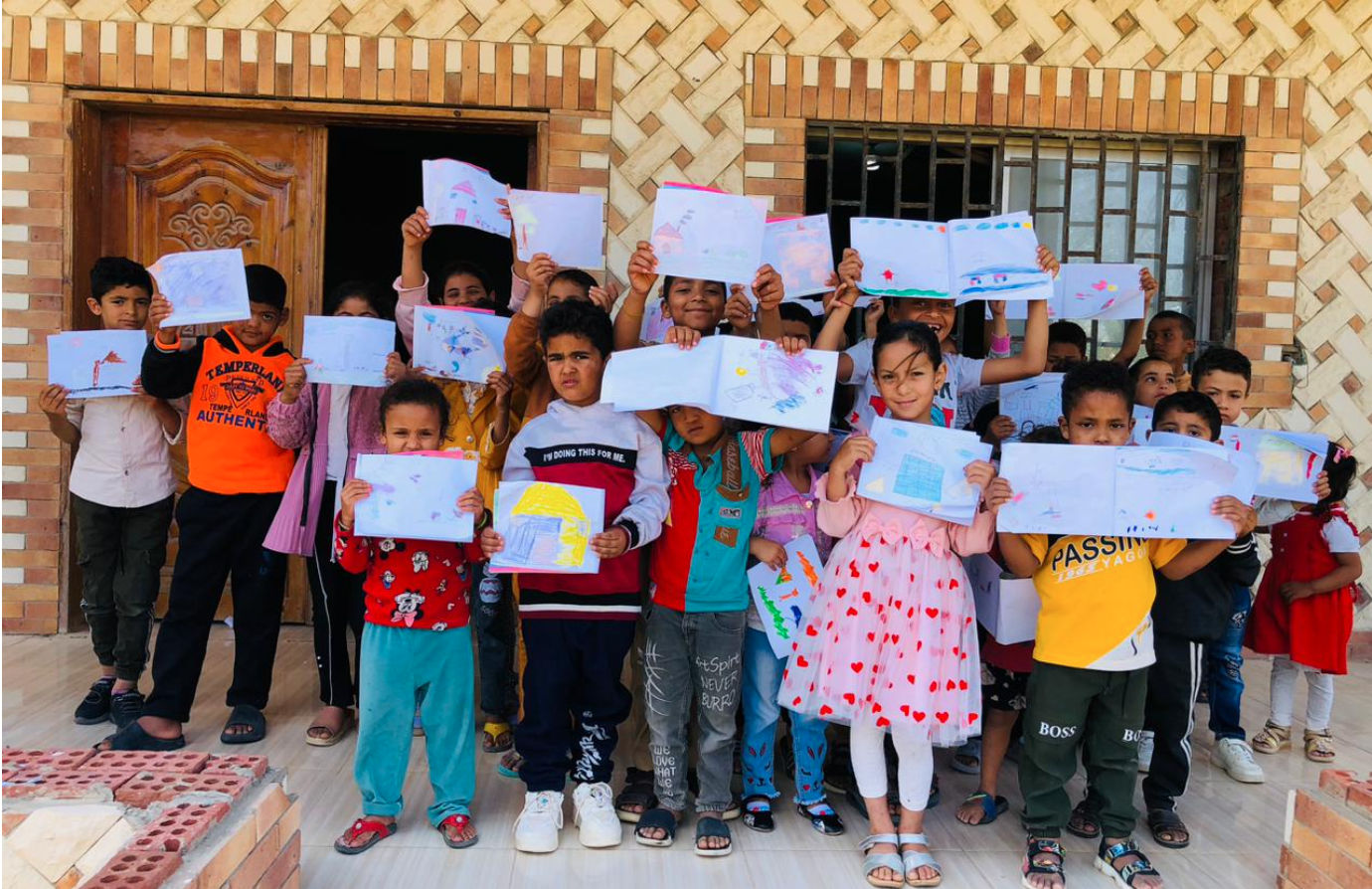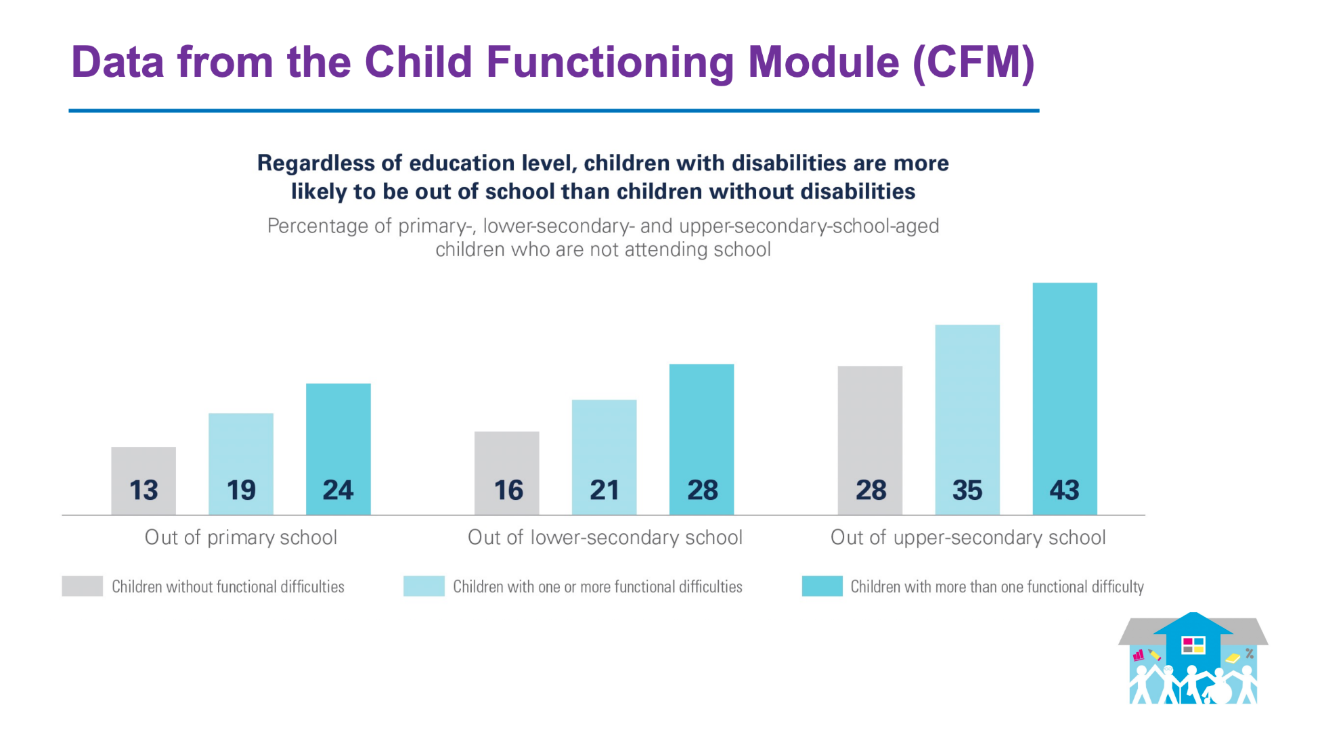
COSP17 Side Event
Fostering Inclusion of Children with Disabilities in Education:
Launch of the Child Functioning Module – Teacher Version and the Inclusive Education Module
Thursday, 13 June 2024
6 to 8:30 p.m.
Danny Kaye Visitors’ Centre, UNICEF House
Co-hosted by UNICEF and the Australian Government
One in ten children worldwide have some form of disability. Children with disabilities are more likely to never attend school or to drop out due to stigma, inaccessible schools, a lack of trained teachers, or inadequate learning materials. ( For references or more information on this paragraph, please see UNICEF, Seen, Counted, Included: Using data to shed light on the well-being of children with disabilities, UNICEF, New York, 2021).
The Convention on the Rights of Persons with Disabilities recognizes that for children with disabilities to realize their right to education without discrimination, they should be able to access an inclusive, quality and free education on an equal basis with others in the communities in which they live, with reasonable accommodation and support provided for each individual’s requirements, so as to facilitate effective academic and social development. One of the key bottlenecks in the creation of disability-inclusive education systems is the lack of reliable data that could be used for evidence-based decision-making.
Recent years have seen significant progress in the availability and quality of statistical information on children with disabilities. Progress has largely been due to the development of data collection tools aligned with a more comprehensive conceptualization of disability and the integration of such tools into large-scale data collection efforts. The Child Functioning Module (CFM), released by UNICEF and the Washington Group on Disability Statistics (WG), is one example. When used in conjunction with data collection modules on children’s access to education, the CFM makes it possible to identify disparities between children with and without disabilities in the fulfilment of fundamental human rights. The chart below shows data from the CFM. Here you see that regardless of education level, children with disabilities are more likely to be out of school than children without disabilities.

Source: UNICEF
Now UNICEF and the WG have developed the Teacher Version of the Child Functioning Module (CFM-TV) that can be used in national Education Management Information Systems (EMIS). The CFM-TV takes advantage of teachers’ knowledge of their individual pupils and their functioning among peers in a class setting. To complement information from the CFM, UNICEF and the WG have also developed the Inclusive Education Module (IEM). The IEM consists of five sets of questions addressed to mothers or primary caregivers and related to their school-aged children. The aim of these questions is to provide information on various aspects of children’s access to education.
The decade long effort to finalize and test these instruments was made possible by support from dedicated partners and donors such as the Australian Government (Department of Foreign Affairs and Trade).
Source: UNICEF
 Welcome to the United Nations
Welcome to the United Nations